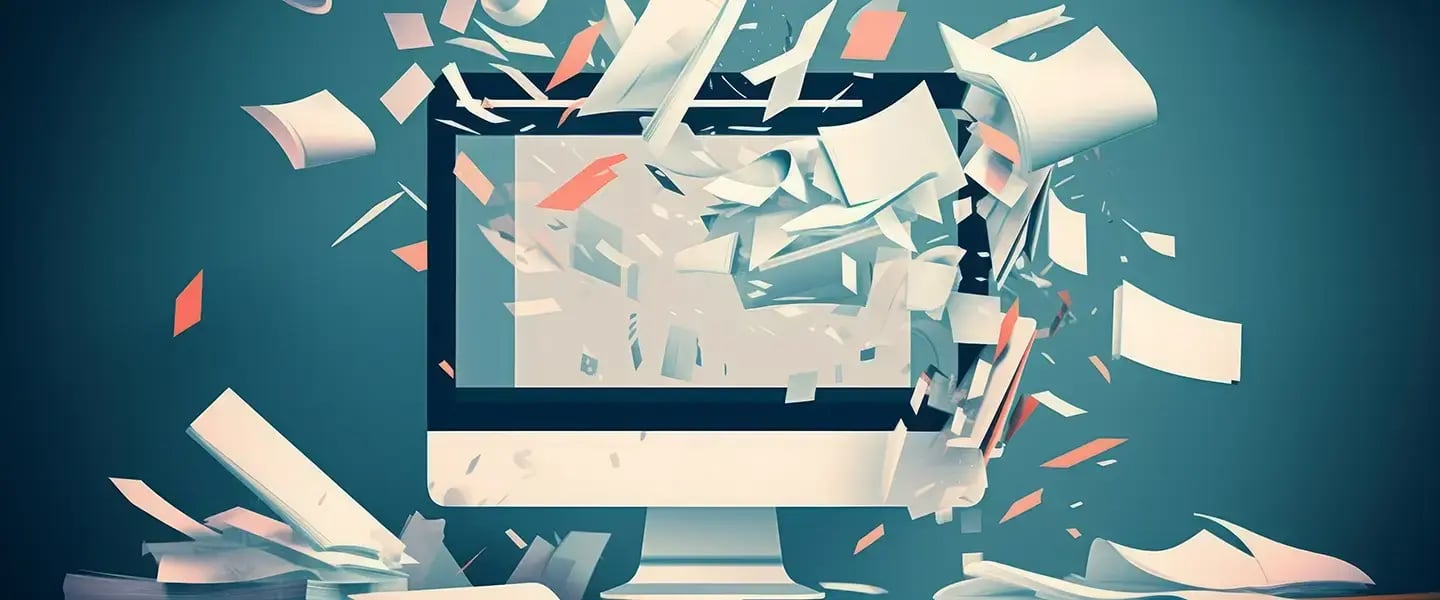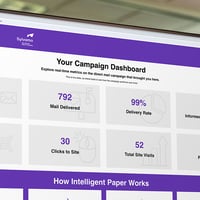Is Paperless Billing Actually the Best Thing for Your Customers?
 As companies across a variety of industries continue to encourage paperless billing as a faster, more efficient and more cost-effective way to invoice customers and offer regular account summaries or overviews, today’s consumers are signaling that paperless billing may not be their preferred method of communication.
As companies across a variety of industries continue to encourage paperless billing as a faster, more efficient and more cost-effective way to invoice customers and offer regular account summaries or overviews, today’s consumers are signaling that paperless billing may not be their preferred method of communication.
A recent study found more than 50% of consumers actually prefer paper billing, and a similar study uncovered that an even larger percentage of consumers prefer print for critical consumer communications such as explanations of benefits (EOBs), mortgage statements and tax documents.
Even though some highly-regulated industries are mandated to provide paper billing, the continued customer preference for print communications is prompting companies without these regulations to consider whether paperless billing is actually the best thing for their customers and the consumer relationships these companies want to build.
Here, we’ll look at a couple of reasons why paperless billing may actually be hampering your ability to effectively communicate with customers, and why print is the more valuable customer communications channel.
Paperless billing can more easily get lost in the shuffle
A recent report estimated that close to 350 million emails will be sent per day in 2023. While a decent percentage of these will be marketing emails, the sheer quantity of messages in your customer’s inbox makes it more likely that the important account or invoicing information contained within your email will languish in a pile of digital clutter.
What’s more, the sky-high number of emails consumers receive each day is actually decreasing the amount of time and attention customers spend on reading and internalizing digital communications like paperless billing. For example, a recent study found that consumers spend an average of just 10 seconds reading the brand emails they receive, many of which can go unopened for days after consumers receive them.
This can be particularly detrimental with billing or invoicing that needs to be addressed quickly to help your customers avoid late fees or penalties. With about 72% of consumers reporting they read their direct mail the day it arrives, using print for customer communications like bills can actually increase the chance your customer reads and responds to time-sensitive materials.
Not all your customers can access paperless billing
While paperless billing is perceived to be a more streamlined process for customers to understand their account information and submit payments, it only functions on that level if internet access is available on a universal level.
A recent study found nearly 50 million Americans do not have reliable access to broadband internet service, and, even though federal initiatives are underway to increase the availability of broadband internet to underserved demographics such as the elderly and those living in rural or economically disadvantaged areas, it could be several years before universal internet access is realized.
This is where paper billing provides a significant edge over the paperless billing option, especially as the United States Postal Service continues to improve its technology and infrastructure as part of their Delivering for America plan in order to provide faster, more efficient delivery.
Digital communications like paperless billing don't have the staying power of print
Due in part to the potential for distraction that comes with reading and engaging with digital communications like email, paperless billing can make it harder for your customer to retain pivotal pieces of information about their account status, payment date or the next steps required to address certain issues or discrepancies. The likelihood for distracted reading is even greater on mobile devices where app notifications and alerts can divert your customer’s attention from the task at hand.
With paper billing, gone are the digital distractions and the potential for customers to overlook important messaging. Plus, paper billing leverages the power of print to help consumers better retain and recall information, and print also helps consumers connect and associate more complex themes and ideas.
Paperless billing lacks the peace of mind print
For a large number of consumers, paperless billing doesn’t provide the peace of mind that a physical paper trail does in helping customers better track their finances and keep more accurate records of their billing history. The tangible nature of print customer communications like paper billing makes it easier for consumers to organize their statements, keep their financial obligations at top of mind and make more reliable payments.
In addition, consumers also express concern about the complicated nature of creating the online accounts and managing the login information necessary to access and use paperless billing payment options. This is particularly true in the digital banking world, where some consumer demographics are hesitant to opt for paperless billing options in part due to data privacy and account security concerns.
Ready to bring paper billing back into the fold? Accent Opaque® Text is a premium 97 brightness paper that can help you harness the power of paper billing to help deliver the kind of customer communication that consumers want and value.





